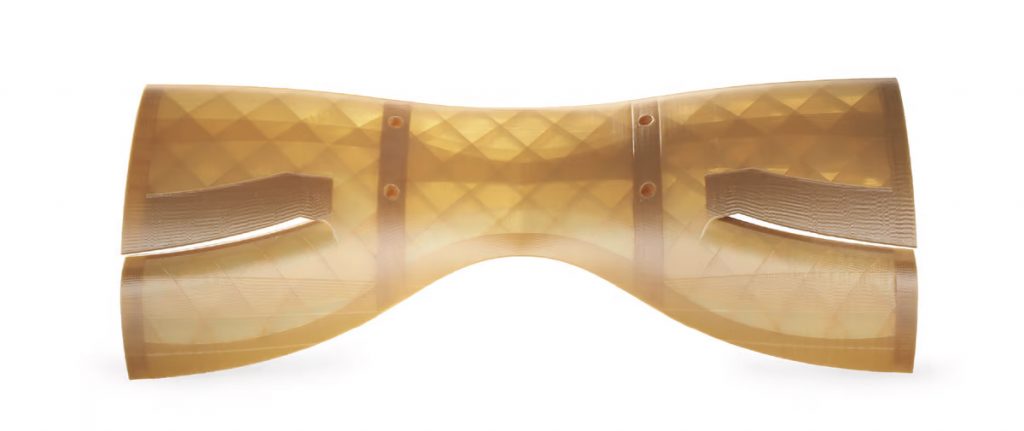Unraveling the Marvels of PEEK: A Comprehensive Exploration
Polyetheretherketone (PEEK) emerges as a standout among high-performance polymers, boasting an impressive array of mechanical, thermal, and chemical properties that render it indispensable in harsh environments. Let’s delve into the depths of PEEK’s physical-chemical properties to uncover its true potential.
PEEK Mechanical Properties:
PEEK exhibits exceptionally high mechanical properties compared to other thermoplastic polymers. In its unreinforced form, PEEK can achieve an Ultimate Tensile Strength (UTS) of up to 89 MPa, accompanied by a tensile modulus of 3.3 GPa. Reinforcing PEEK with carbon fibers elevates its mechanical performance, pushing the UTS to as high as 120 MPa. Additionally, neat PEEK demonstrates excellent flexural behavior, with a strength of up to 120 MPa and a significant modulus of up to 3.5 GPa.
PEEK Thermal Properties:
Despite plastics’ traditionally lower resistance to high temperatures compared to metals, PEEK challenges this notion. With a melting point of 343°C, PEEK showcases remarkable thermal stability, attributed to its ketone group, which also imparts high resistance to oxidation. Consequently, PEEK maintains its mechanical properties up to its Glass Transition Temperature (Tg) of 150°C and can withstand temperatures as high as 250°C continuously. Furthermore, PEEK’s semi-crystalline nature endows it with low creep tendency and excellent sliding and wear properties across a wide temperature range.
PEEK Physical Properties:
In terms of safety, PEEK proves to be an excellent choice. Natural PEEK does not contain any known toxic chemicals and is inherently flame retardant (UL94 V0), with low Flame, Smoke, Toxicity (FST) properties. This ensures good resistance to combustion and minimal production of toxic gases during burning, crucial for safety in power electronics and transportation applications. PEEK’s outstanding thermal and electrical insulation properties further enhance its suitability for electronics applications. While PEEK exhibits moderate resistance to weathering due to UV radiation, its resistance to β-, γ-, and X-rays is excellent. Additionally, PEEK’s low friction coefficient makes it particularly suitable for tribological applications, outperforming materials like functional Nylon (PA6) and TPU.

This lattice-filled part is made from a PEKK material in the same family as PEEK from Stratasys (Source: Stratasys)
PEEK Chemical Properties:
Attempting to destroy a PEEK component is no easy feat, given its exceptional chemical resistance to both organic and inorganic chemicals, as well as its remarkable resistance to hydrolysis in hot water. PEEK remains insoluble in most common solvents at room temperature, except for strong acids such as 95% sulfuric acid and hydrofluoric acid.
In conclusion, the multifaceted properties of PEEK position it as a material of choice for a wide range of applications across diverse industries. From its high mechanical strength and thermal stability to its exceptional chemical resistance and safety characteristics, PEEK continues to push the boundaries of what’s achievable in materials science and engineering.
Through continuous innovation and exploration, PEEK stands as a testament to human ingenuity and the relentless pursuit of excellence in material design and manufacturing.